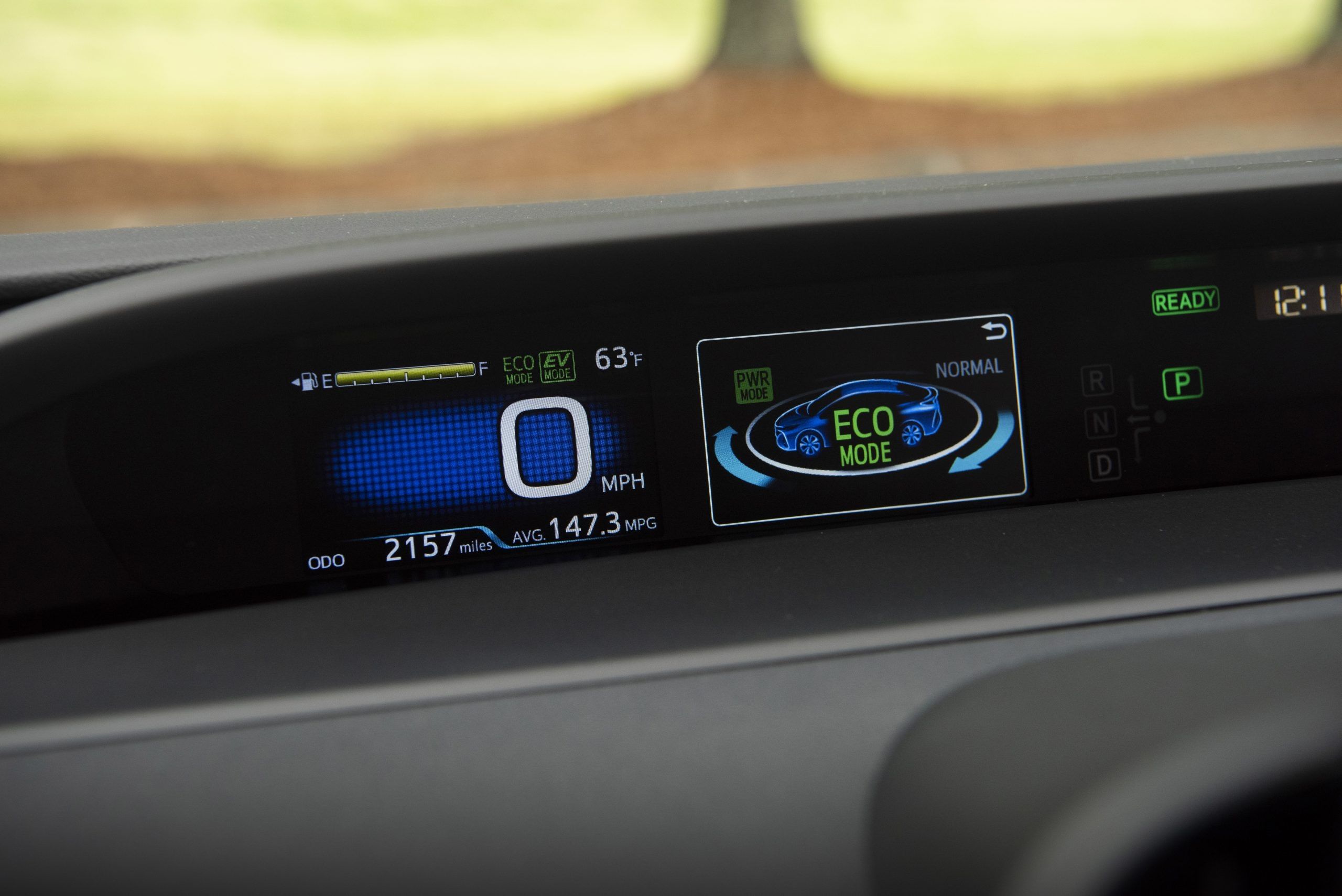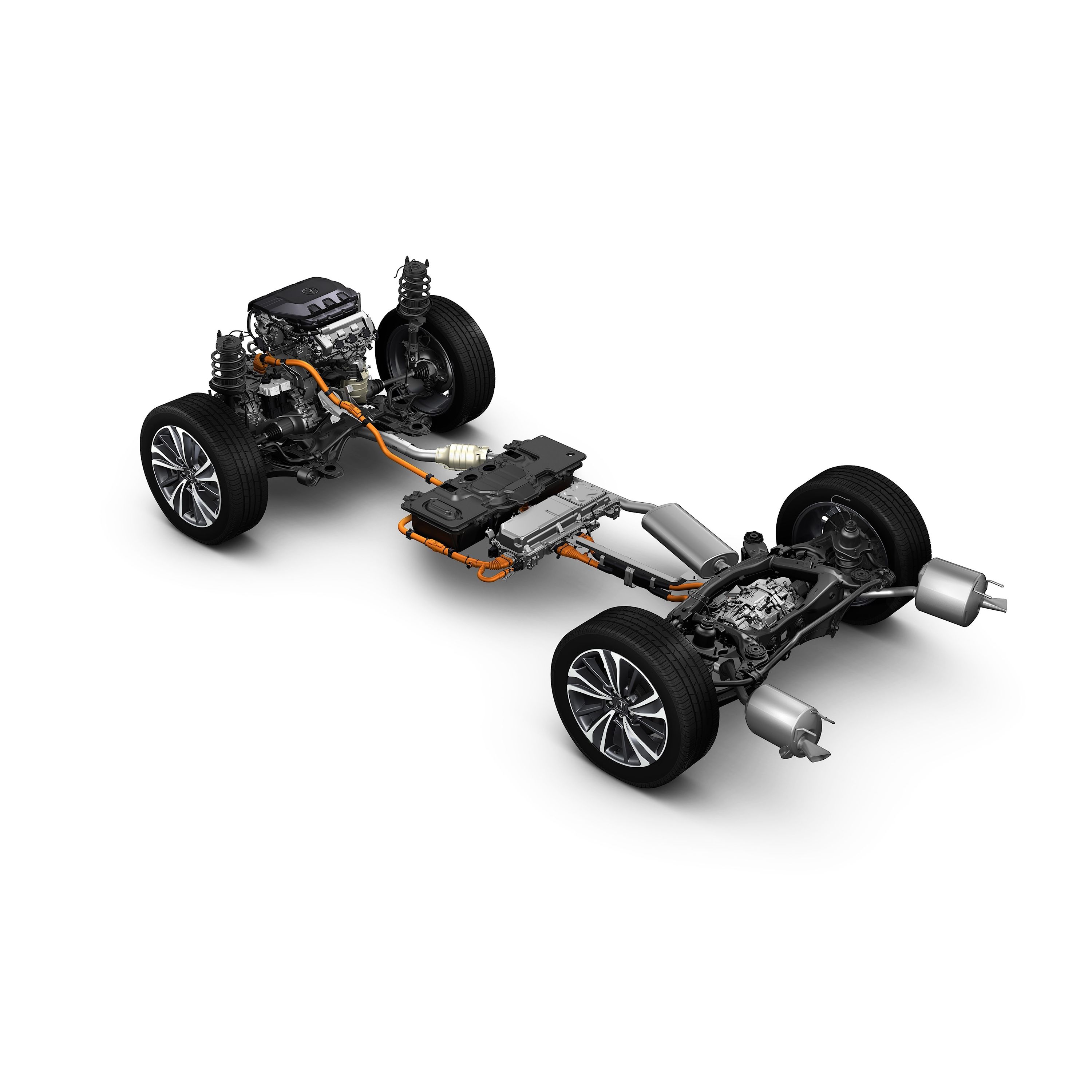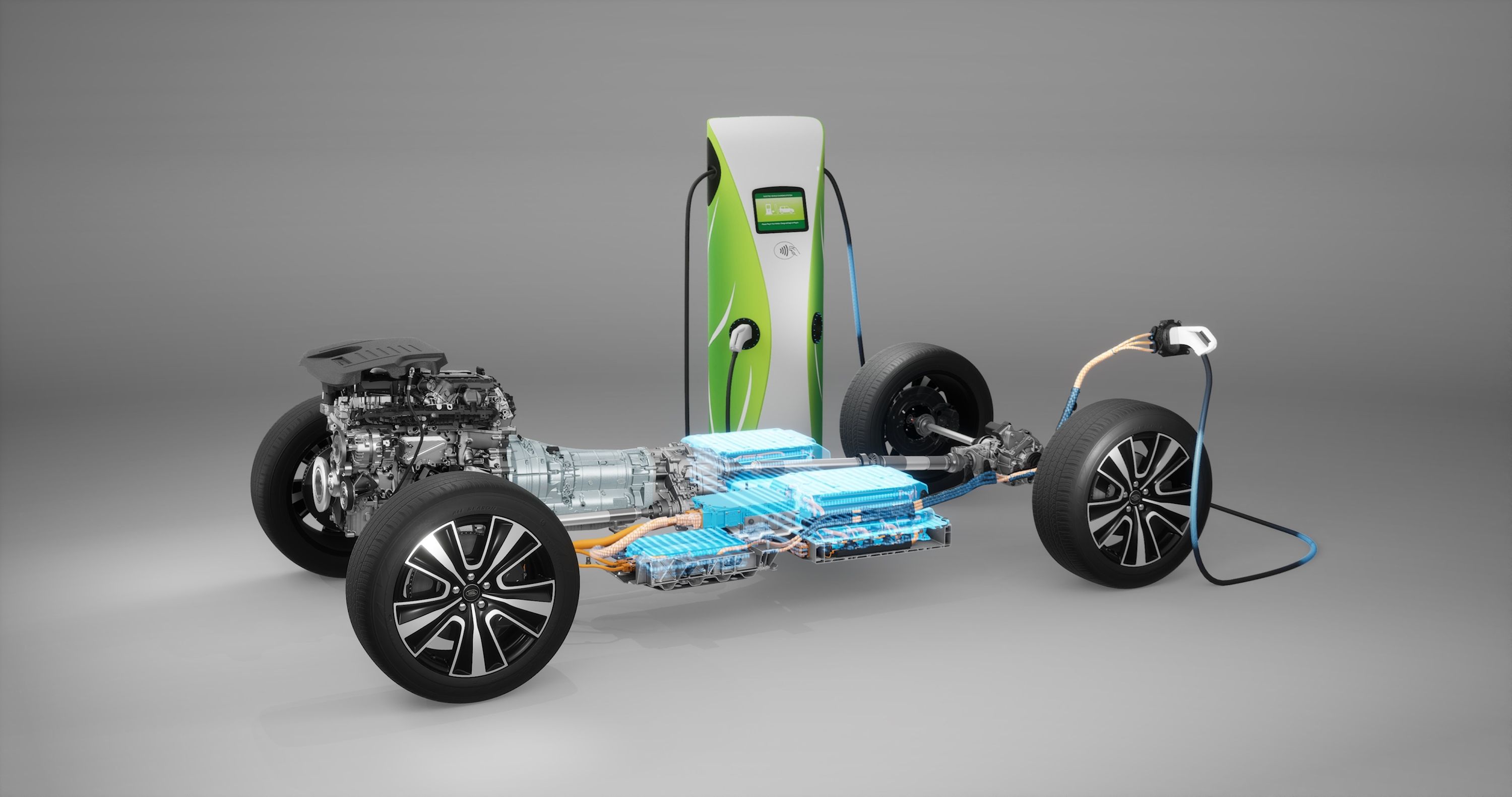
There are more types of propulsion systems in cars today than ever before, from standard gasoline power all the way to full electric power. However, picking between an ICE, a plug-in hybrid, or a full electric vehicle can be daunting if you don't know what each brings to the table. A quick breakdown of each type of powertrain and a tally of the pros and cons of each is definitely in order. Here, we will be paying special attention to the two true hybrids: hybrid vs. PHEV, and all that entails.
The Hybrid Powertrain
The older of the two types of hybrids, the hybrid motor is only slightly different from your standard gas-powered vehicle. It uses an internal combustion engine with all the usual systems like pistons and a rotating crankshaft. However, it adds an electric motor and a battery pack to the mix. In the case of the full hybrid, the battery is usually quite small. This has to do with how the hybrid engine works.
Instead of trying to power the wheels on its own, the motor serves to supplement the ICE. This is why hybrid vehicles get a combined power output figure. The battery pack is recharged via the regenerative braking system, and it is constantly depleted while driving, so it doesn't have to be particularly big. While there are plenty of HEV models to choose from, one of the earliest and most popular nameplates is the Toyota Prius. These days, however, Hybrids are not limited to small, nondescript commuters and you can find performance-oriented hybrids and luxury hybrid cars from top brands like BMW, Porsche, and Mercedes-Benz.
The Plug-in Hybrid
In comparison to an HEV, the plug-in hybrid powertrain is a bit more complex. If you are wondering if plug-in hybrids use gas, then the answer is yes. However, they don't have to if you use them judiciously. The gas engine here is essentially the same as in any other car, but the electric motor and battery pack are different than those you'd find in an HEV.
This battery must be charged from an external source (literally, it needs to be plugged in, hence the moniker, plug-in hybrid engine), unlike hybrids that make use of regenerative braking to charge the battery. A PHEV's electric motor also helps the engine along, but the main difference is that it can travel for longer on electricity alone without resorting to using fuel. The average range these days is between 20 to 25 miles. It doesn't sound like much, but it is pretty helpful if your daily commute falls within those limits. These cars can take some time to charge, though, and require a special setup if you want faster recharging times
The Kia Niro EV is easily one of the most popular PHEV SUVs in the USA, though the Toyota RAV4 Prime is a strong contender.
Which is Better: Hybrid vs. Plug-in Hybrid
So, the natural query arises, which are better, full hybrid or plug-in hybrid cars? As we move towards a more electrified future, the answer would seem obvious, but that might not be the case. What it largely comes down to in the battle of self-charging hybrid cars vs plug-in hybrids is your budget.
As with most technology, the less advanced systems are naturally a bit cheaper. Therefore, HEVs will be more accessible to more people. However, the long-term savings of a PHEV cannot be discounted. Since they can travel on electric power alone, they have the potential to reduce your fuel bill significantly, so long as you plan your trips accordingly and recharge in-between. If you have the infrastructure to recharge without a hassle, the PHEV is your best bet.
Of course, this entire argument may be moot in the not-so-distant future, as many automakers are devoting themselves completely to full-electric propulsion and abandoning the ICE. Since both types of hybrids rely on this as the basis of their power, they may fall along the wayside as newer and more efficient powertrains become the norm.




